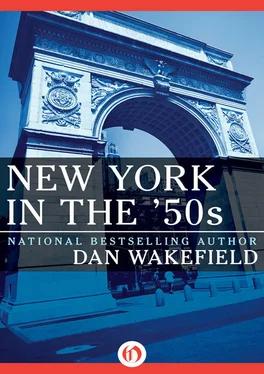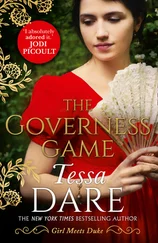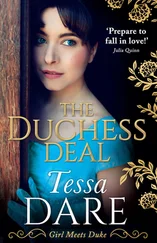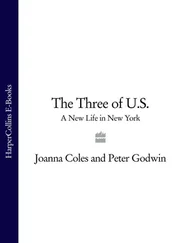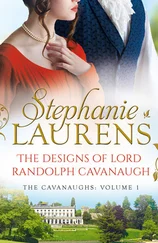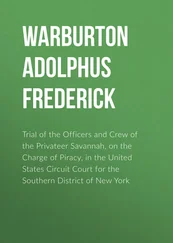Van Doren’s kindness to students did not equal sentimentality, or excuse sloth. One morning in his poetry class he called on a student who confessed he had failed to read the assigned poem. Van Doren’s face transformed, tightening, turning a deep and outraged red, and the voice, still measured and controlled, but stern as that of a ship’s captain charging mutiny, ordered the student to leave the room. In the breath-held silence that followed, the hapless, hangdog fellow fumbled together his books and fled.
I downed a cold chocolate milk at Chock Full O’ Nuts on Broadway to calm my anxiety after class, for I hadn’t read the assignment myself, and I wondered what I’d have done if he’d called on me. From then on I was always prepared, but I wondered more deeply if the anger of this good man was an aberration or a part of his personality, a necessary component of being a great professor. I knew I’d learn the answer; Van Doren would teach me.
A hush of respect and excitement came over Van Doren’s Narrative Art class when he said he was going to take time out from the great books we were studying to discuss a story written by one of our own classmates, Ivan Gold. Heads turned to Ivan, who slumped down in his seat just in front of me as Van Doren explained to the class that Mr. Gold’s story, “A Change of Air,” which had won the fiction price of the student literary magazine, The Columbia Review , was worthy of our attention.
The story was about a promiscuous young woman from the Lower East Side who voluntarily engaged in sex with members of a teenage gang. She was so traumatized she was sent to a mental hospital, saw a psychiatrist, and eventually returned to her neighborhood a transformed person who politely refused to have sex with any of the old gang. “That must have been one hell of a psychiatrist,” one of the boys remarked with wonder.
Van Doren wanted to know what the force or power of change was behind this story. He educed or drew out of us (for that was his method of education) the realization that this new force in the world was psychiatry, which now was our accepted system for effecting change, just as in the writers of the past we had studied, like Homer, Dante, and the authors of the Bible, God was the source of transformation in people’s lives.
Through our own classmate’s story of a teenage sexual trauma, Van Doren taught us something not only about writing and literature but also about one of the major shifts in modern man’s understanding of himself and his world, a shift just being recognized and acknowledged in my own generation.
“I didn’t know what the story was about until Van Doren told me in class that day,” Ivan Gold says. “I thought it was about these guys pissing away their time, but he showed me it was about the girl, and what changed her.”
Ivan later learned that Van Doren had sent the story to an editor he knew at New World Writing , a prestigious literary periodical of the day, where it was published at the end of that year, 1953.
“Jesus was the most ruthless of men,” Van Doren said in a tone as hard as a struck bell, and I came to tingling attention. The modern image of Jesus, Van Doren said, was of a man almost unrelated to the one described in the New Testament as a strong and stern leader, ruthless in following his conception of truth and iron in his will. “He was not,” Van Doren said, “an easy man to follow. He was certainly not like our ministers now who try to be one of the crowd and take a drink at a cocktail party to prove it, or tell an off-color joke. That seems to be their approach today.” The professor paused for a moment, and then he said, “Maybe that’s why we hate them so much.”
I remembered Van Doren’s anger at the student who hadn’t done his homework, and I realized it was no aberration but that Van Doren, too, was ruthless in his teaching, and respected those who demanded the most of the people they led. I quoted some of his comments on Jesus in an article I wrote a few years later in The Nation , “Slick Paper Christianity,” and sent Van Doren a copy. I enclosed it with a letter in which I acknowledged the gift of his teaching, and recalled the New York student’s saying he was “too midwestuhn.” He wrote back thanking me for telling him of the student’s judgment: “I was afraid I had changed.”
I waited until my junior year to take a course with Lionel Trilling, fearing I wasn’t yet up to the intellectual level of this professor, who was described by his peers as “the most intelligent man of his generation” and “the intellectuals’ conscience.” The Liberal Imagination , Trilling’s book of essays published in 1950 which dealt not only with literature but also with Freud, Kinsey, and American society, had became a touchstone of the decade. I was equally impressed with his novel, The Middle of the Journey , especially when I learned the main character was based on his former student Whittaker Chambers, the controversial ex-Communist.
Trilling himself was as elegant as his prose. He looked the part of the aristocratic critic as he stood before us at the front of the class in his three-piece suit, his hair already a distinguished gray at forty-eight. He had the darkest circles under his eyes I had ever seen, so dark they reminded me of the shiners produced by a well-placed punch in a street fight. I assumed these circles were results of the deep study he engaged in, the heavy-duty intellectual battles.
Professor Trilling took a significant drag on the cigarette he inevitably held, sometimes gesturing with it like a wand, sometimes holding it poised just beyond his lips, like people did in the old movies of New York high life, where all the men seemed to wear only tuxedos or dressing gowns and subsisted entirely on caviar and champagne. Twin streams of smoke flowed from his nostrils, like an underlining of his words.
“We shall not read any criticism of the work of the poets we are going to study this semester,” he announced. “We shall only read the work itself— all the poems written by Wordsworth, Keats, and Yeats.”
There were intakes of breath as we absorbed the shock of hearing that our most distinguished literary critic wasn’t going to assign us any criticism. When Trilling said we were going to read all the poems of Wordsworth, Keats, and Yeats, he didn’t mean just once. “Until you have read a poem at least a dozen times,” he explained, “you haven’t even begun to get acquainted with it, much less to know what it means.”
Ideas became as real as stories in the poetry of Yeats, as I learned to read it in Trilling’s class, and by the end of the term I had other lines of verse running through my mind than the ones that I brought to college from childhood. “Little Orphan Annie came to our house to stay / To wash the cups and saucers and brush the crumbs away” had been replaced by “Those Dancing Days are Gone.” The comforting time “When the frost is on the punkin / and the fodder’s in the shock” was replaced by the soul-shaking vision of a world in which—as I recited to myself in the roar of the hurtling IRT express and in the early morning hours in the dorm after studying Marx and Freud, Kierkegard and Nietzsche, in our course on Contemporary Civilization—we were slouching toward “The Second Coming” that would rock the roots of western civilization.
If Van Doren’s course introduced me to poetry, Trilling instilled it in me, making it part of my consciousness, accessible for the rest of my life. Though the two teachers were different in style and manner—Harold Kushner describes Van Doren as “the populist” and Trilling “the aristocrat”—their approach to teaching was much the same. It made sense when I learned years later that Trilling had been Van Doren’s student. It wouldn’t have occurred to me in college, for both men looked to my youthful eyes like contemporaries; I assumed the great men of our faculty all sprang from the womb as full professors.
Читать дальше
